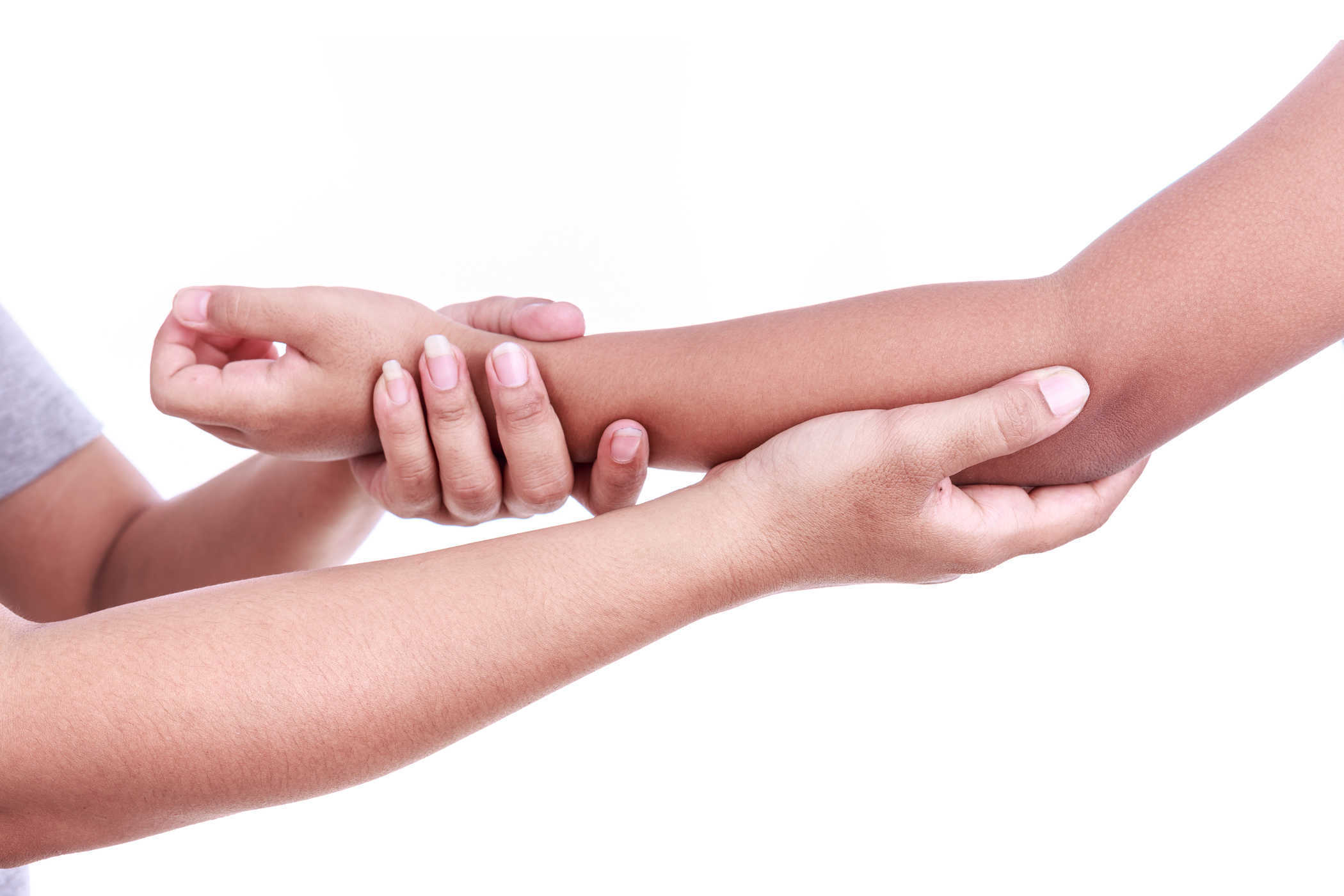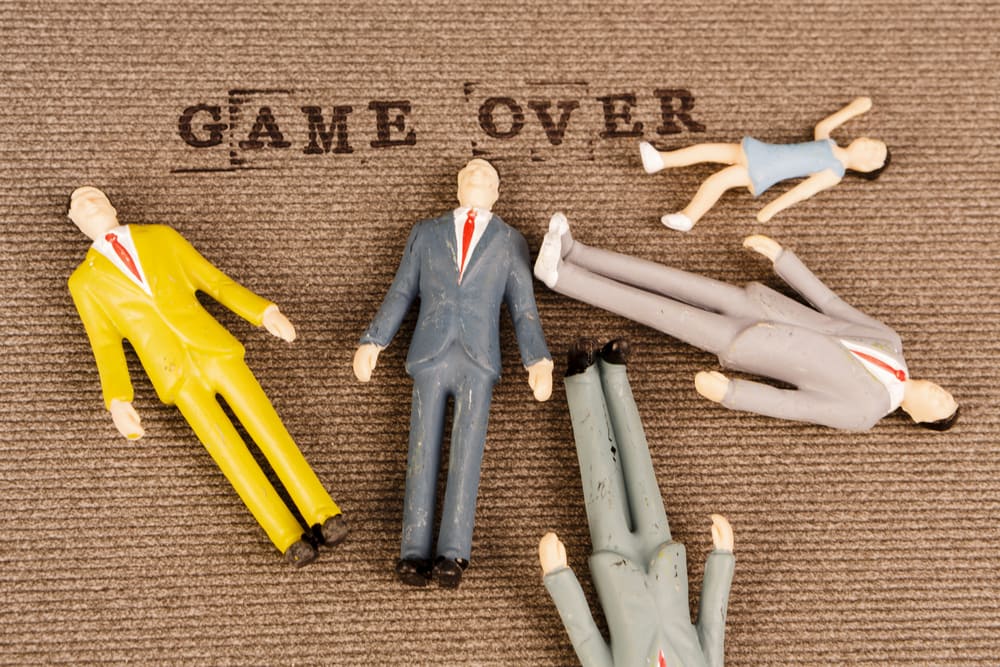Contents:
Medical Video: Hand & Foot Pain : How to Treat a Sore Calf Muscle
As a parent, it's natural that you always try to protect your child from injury and pain. But the truth is, how hard you try, children are still at risk of falling and getting hurt. Most importantly, teach children how to get back up by learning to deal with their pain. Most likely this pain is caused by muscle pain. Through this article, we will explain some tips that you can do when a child is injured and in pain.
When a child comes and complains of pain, you should check the pain to find out the right treatment. Some children may not be able to express pain through verbal. You must be careful in seeing changes in their behavior, such as frowning or grinding teeth. Some children may curl up or refuse to eat. If you see signs like this, your child may feel pain.
You can ask them to assess their own pain on a scale of 1 to 10. This step can tell you about the level of pain the child has and how to handle it. The first thing you can do is identify the source of pain. This might be difficult if the child is still not communicating smoothly. Look for other signs or symptoms related to muscle pain, such as fever, injury, or changes in a child's activity or behavior. By knowing the cause, you can treat muscle pain by handling the cause first.
To treat pain in children, you can use a method without drugs such as the following:
- Divert children's attention. Children's attention is usually easily diverted. Play their favorite TV shows or videos to help them forget the pain. You can also try reading a book or giving a favorite toy. This step is usually successful for cases of mild pain.
- Cold compress. When a child experiences muscle pain, you can give him a cold compress or wrap a towel filled with ice cubes. To make sure the child doesn't have frostbite, limit each session to about 20 minutes a day, as much as needed.
- Warm compresses. After the pain and muscle spasms are reduced, you can attach warm compresses to smooth blood flow and speed up the healing process.
- Stretching muscles. Perform light muscle stretching exercises to prevent cramps from coming back. This exercise is also useful for training a child's muscles that are rarely used.
- Massage. Massage can smooth blood flow, relieve pain, and relax tense muscles.
- Neck collar or back brace. These tools can support and allow muscles to relax.
When non-drug methods don't work, you can try a number of drugs to relieve pain. The doctor or pharmacist can recommend paracetamol (Tylenol ® or Panadol®) or ibuprofen (Advil® or Motrion®).
Keep monitoring your child's condition after treatment. Contact your doctor immediately if the pain worsens while the medication and physical and psychological treatments do not help reduce pain.
Consult with your doctor about your concerns about the child's condition. For more serious cases, immediately take the child to the nearest emergency medical facility. The medical team can provide appropriate care to suit your child's needs.












